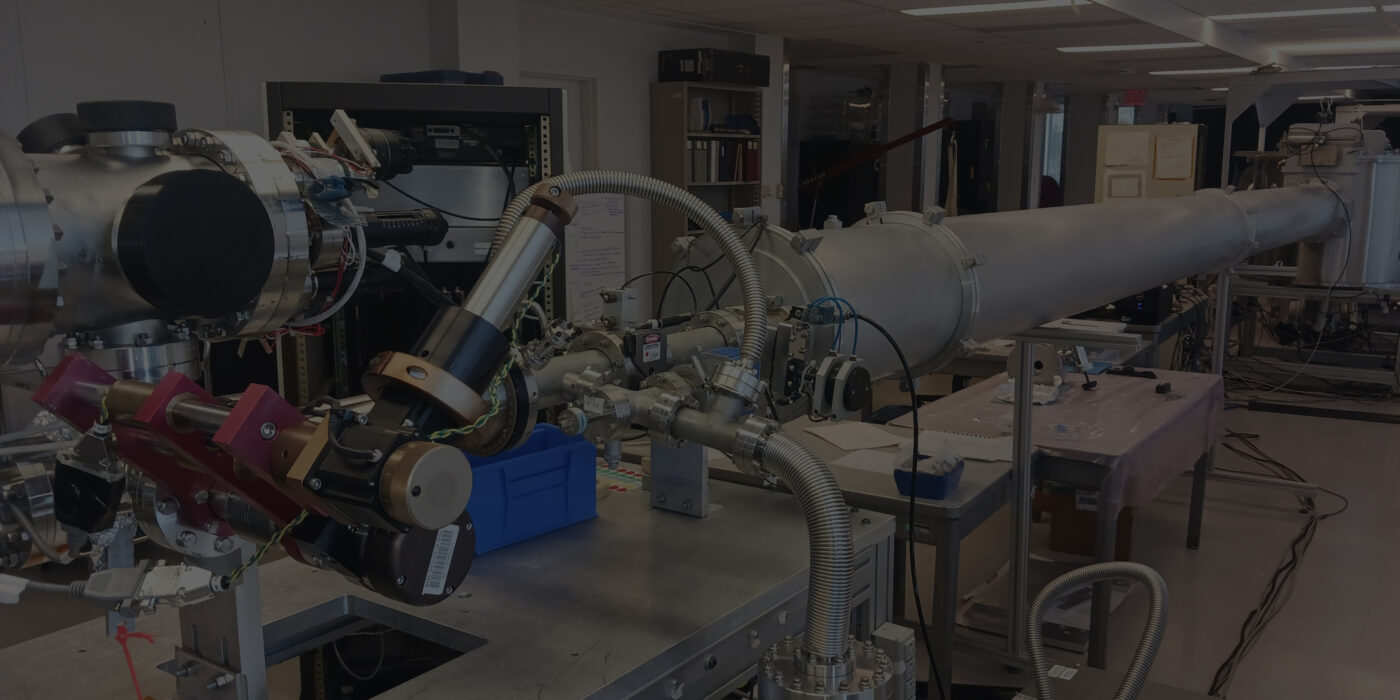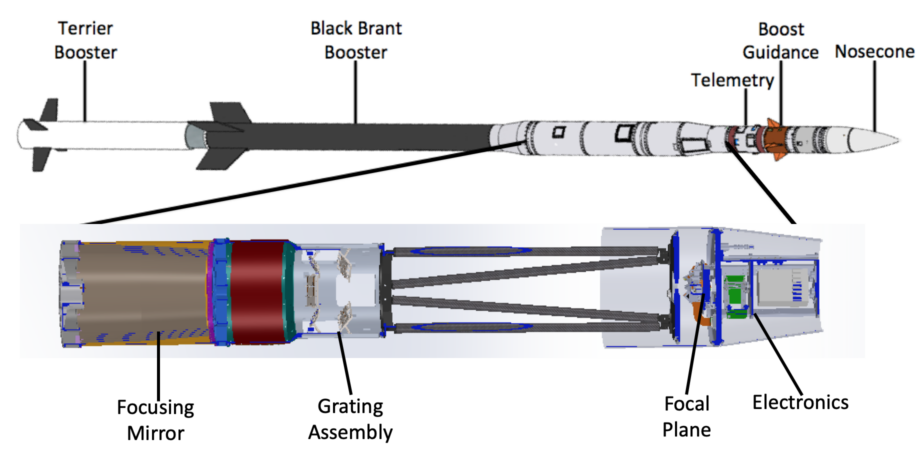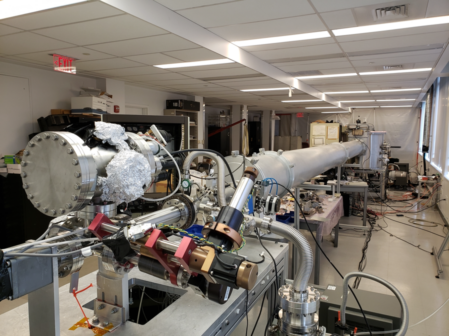REDSoX

The Rocket Experiment Demonstration of a Soft X-ray Polarimeter (REDSoX Polarimeter) is a NASA-funded sounding rocket payload.
A sounding rocket is a suborbital flight platform. Since X-rays cannot get through the Earth's atmosphere, they have to be measured from space. A sounding rocket carries a telescope just out of the atmosphere and provides roughly five minutes of targeted pointing above the atmosphere before coming back down on a parachute and being retrieved. The payload consists of several aligned components. The focusing optics are Wolter optics being designed and fabricated by Marshall Space Flight Center (MSFC). We will also utilize critical angle transmission (CAT) gratings produced by the space nanotechnology lab (SNL) at the MIT Kavli Institute, laterally graded multilayer mirrors (LGMLs) fabricated by Lawrence Berkeley National Laboratory (LBNL) and CCD cameras designed and fabricated by XCAM.

Schematic of the sounding rocket and cutaway of the REDSoX payload with the major components installed.
REDSoX will measure the polarization of low energy X-rays coming from a blazar (the black hole at the center of a massive active galaxy, which can shoot out jets of extremely hot material at large fractions of the speed of light). These measurements of the polarization (the orientation of the electromagnetic wave that makes up the light) will tell us about the geometry and magnetic fields present in this distant galaxy, which will help us to understand more about an environment in space more extreme than even the center of our own galaxy, and the nature of black holes and massive galaxies. This mission is serving as a training ground for early career researchers, graduate, and undergraduate students. REDSoX will also serve as a prototype for a possible future satellite mission.
Our team will be designing, assembling, and testing the payload. Initial testing and assembly of the payload without the focusing optic will be done here at MIT. Optics integration and end-to-end testing will be done at MSFC in Huntsville, AL. The payload will then undergo integration with the rocket systems and pre-flight testing at Wallops Flight Facility in Virginia, after which it will be shipped to White Sands Missile Range (WSMR) in Las Cruces, NM for launch. We currently anticipate a launch in the summer of 2027.

A picture of the MIT polarimetry beamline where testing of the components for the REDSoX payload will be completed.